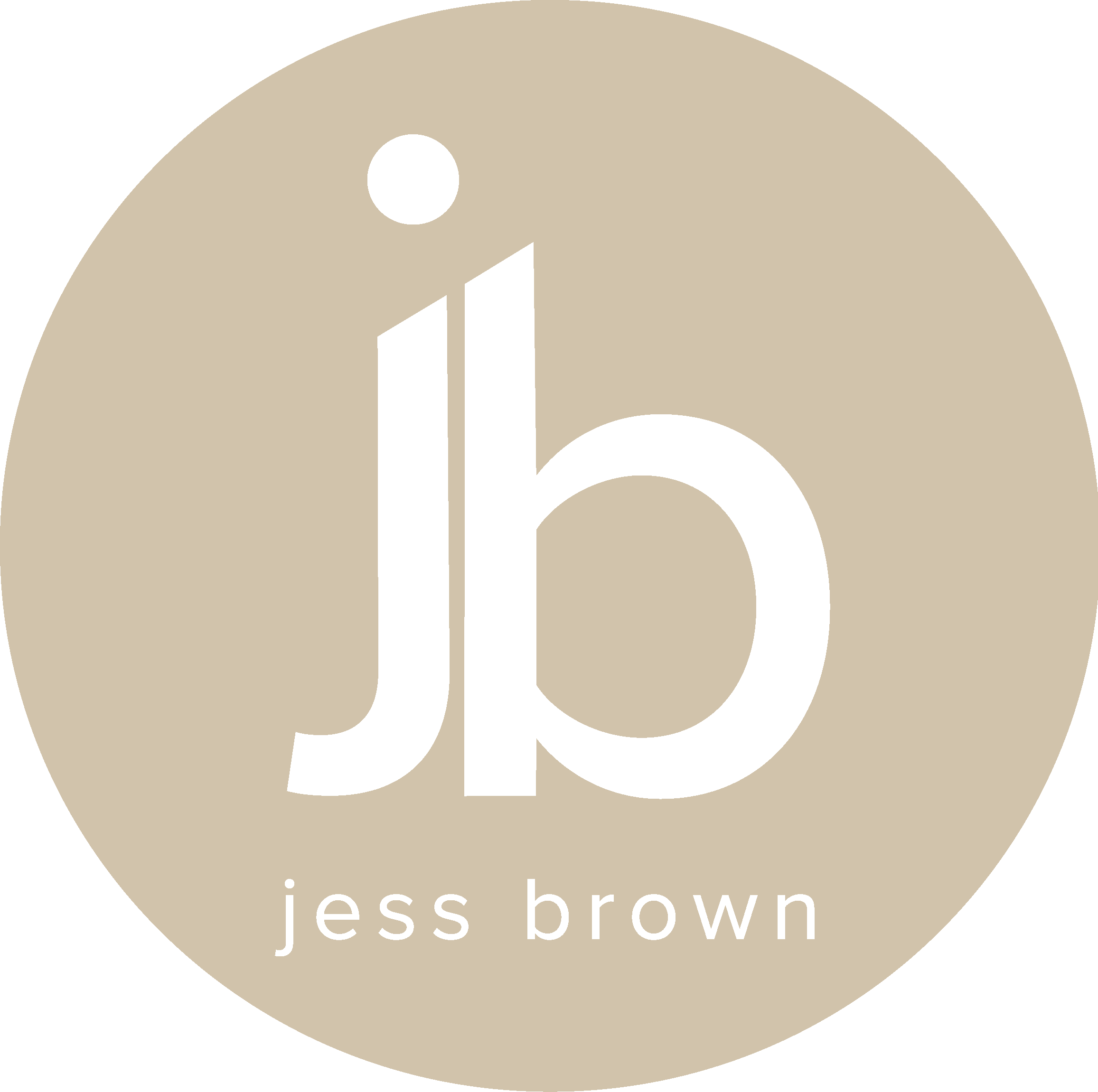This infographic was designed with the intention of creating a data visualisation which was easily understood by the masses. My data came from Australian Institute of Health and Welfare.
My main sources of inspiration for this project were based on colour scheme and the general style of the illustrations. I wanted to enforce a colour scheme that was mostly based on dark neutral colours, with bright contrasting colours to emphasise the data so that it could be instantly noticed. I had a vision for the illustrations to be simple and easy to give a clear description of what the infographic was about upon a quick glance, however a balance of subtlety so that they were not the focal point of the poster.
At the beginning of this project, I went through multiple concept ideas since I repetitively struggled to put ideas onto a page.
My first concept was to create a donut graph for each age group of the data, using different colours and/or patterns to differentiate them. In the middle of the donut, I wanted to create illustrations of different age groups for the centre of the donuts, so that the age groups could be separated visually. This concept didn’t work for two prime reasons. Firstly, trying to separate age groups visually could prove difficult and confusing, because everyone ages at different paces, and the age groups in the data were only separated in ten-year intervals. The second issue was the layout of the data. I could not figure out any interesting ways to lay out the data. Every way that I experimented with was boring, or hard to read.
My second concept was inspired by one of my tutors, Ben. He suggested turning the data into something relevant to the data, such as wheels on bikes. I played around with turning data into wheels and tennis balls to try and have a more fun feel to the infographic, however it was a difficult balance between the illustrations and showing data clearly. It was also frustrating to lay out the large amount of data that I was attempting to represent.
My final concept was to turn the data into weights, using a gym-based theme. I was able to figure out a way to show the data as part of the illustration as a focal point, which a clear expression of the theme of the data. This concept worked out very well, since part of the data that I was using contained information on what type of physical activity was used between different age groups, and the gym was a largely common area.
I was easily able to find data spreadsheet, that was great for my infographic taken by the Australian Institute of Health and Welfare, about physical activity in Australia. I started off by narrowing down the many sections of data into a few tables with the information that I wanted for my infographic. I then, carried data into a separate sheet and created pie charts for each piece of information.
Fortunately, google sheets has the option to export graphs as vector files, which made creating my graphs a lot easier than it would have been without that option available. I then created my custom graph designs in Adobe Illustrator, ensuring to make the data easy to compare, fit into the shape that I needed, and be in colours that could stand out when placed into my infographic.
When the deadline was approaching, I was able to participate in a pin-up session. This was a very helpful time for me to receive good feedback so that I could improve my design. I received a large sum of problems that needed to be solved, and suggestions of potential solutions.
One large part problem with my design, was that it was that the concept of my design being in a room was not at all clear to people unless I had informed them of it. I was given multiple suggestions on how I may add perspective to the illustration to make the concept clearer.
The next important issue was that the layout of the illustrations was messy and needed to be larger. I was able to adjust the positioning of the legend and
so that the illustrations could be larger without any collision, and I was also able to use a grid to place them to be tidier and so that it was a little easier to guide the viewer’s eye. The adjustment of the general composition of the background also assisted this solution, as it created more space on the floor area.
The final issue was that there was too much text and not enough visual representation of the information. I removed the word ‘ages’ from beside each illustration, which worked out to be less cluttered. I replaced the words ‘male’ and ‘female’ with their Unicode symbols and added the meaning into the legend at the bottom of the page.

Pre Pin-up Design

Final Submission
The second half of this project involved developing an interactive version of the dataset. The result of this can be seen below.






